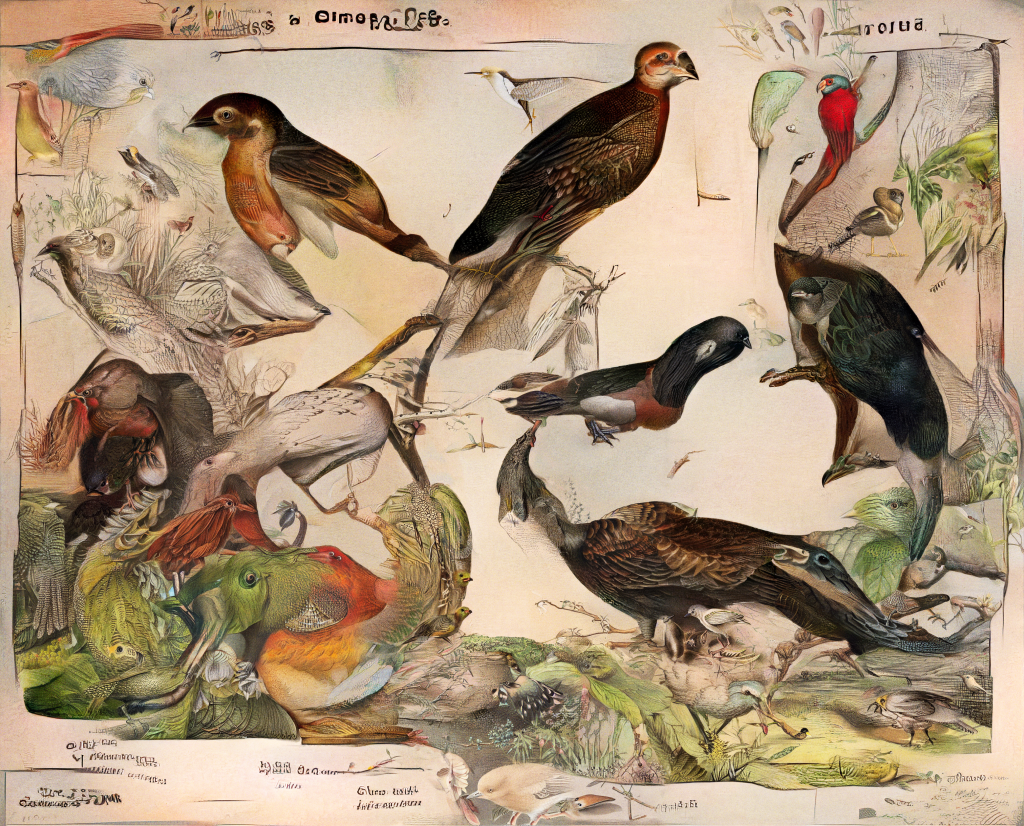Sotheby’s Metaverse, the auction house’s NFT marketplace, is getting an upgrade. The marketplace will now expand to include not only primary market offerings, but also secondary sales, through which collectors can sell directly to each other.
“The first phase of our launch successfully proved that our traditional and digitally native collectors could come together around Sotheby’s to form a new community,” said Sebastian Fahey, executive head of Sotheby’s Metaverse, in a press release. “Now, we continue to advance and evolve our platform to offer the community new, more transparent ways to discover and collect new forms of digital collectibles. »
The auction house is revamping Metaverse so that the platform operates entirely on-chain, enabling peer-to-peer transactions on Ethereum and Polygon. Yet it will operate very differently from secondary NFT marketplaces like OpenSea, where any user can upload any NFTs they want.
In the initial phases of the new Metaverse, collectors will be able to list the works of only 13 artists: Tyler Hobbs, Claire Silver, XCOPY, Diana Sinclair, IX Shells, Sarah Zucker, Refik Anadol, Sofia Crespo, Sam Spratt, Pindar van Arman. , Osinachi, Hackatao and Sebastião Salgado. It’s a strategy that will allow Metaverse to avoid some of the problems that other secondary platforms face.
OpenSea was constantly inundated with plagiarized, low-quality, or stolen NFT projects that left collectors feeling burned not only by scammers, but also by a marketplace that could offer little compensation for lost investments. By limiting the works that collectors can list, Metaverse will be better able to avoid dealing with bad actors while still keeping the quality of the works offered high.
Metaverse has also committed to enforcing artist royalties that were once an integral part of NFT sales, but became optional on all other major NFT marketplaces as the market experienced a downturn.
The auction house first launched Metaverse in fall 2021. The site held its first auction shortly after with its second “Natively Digital” sale (titled “Natively Digital 1.2”). Debuting a still-hot market, the auction achieved a record $18.6 million in sales with works by generative artists Dmitri Cherniak and IX Shells as well as profile photo NFT collections like Bored Ape Yacht Club.
But since those early days, Metaverse has only hosted the sale of individual NFT collections, such as a series of Sebastião Salgado photography NFTs sold for fundraising purposes or Erick Calderon’s Chromie Squiggles NFT project. Sotheby’s recurring “Natively Digital” sales, such as the recent “Glitch: Beyond Binary,” were hosted on Sotheby’s main online auction platform instead of Metaverse, as planned at market launch. We don’t know why.
“We will continue to host sales on Sothebys.com and Sotheby’s Metaverse, as using both platforms allows us greater flexibility for sales in the primary and secondary markets,” said Michael Bouhanna, head of sales. digital art and NFTs at Sotheby’s, in a comment to ARTnews. “With both platforms, we are better positioned to strategically market sales and offer customers a greater range of options. »
Updated 04/23/23 at 5:48 p.m.: This article has been edited to include a comment from Sotheby’s.



